Introduction
In today’s fast‐paced global market, efficiency is the cornerstone for success in packaging operations. In any packaging line, the synergy between the packing line and conveyor systems is crucial to address challenges such as rising labor costs, time inefficiencies, and quality control issues. Modern automation trends not only drive increased production speed but also enable more reliable processes, ensuring that packaging equipment companies remain competitive. This article explores how the perfect combination of packing lines and conveyor systems can dramatically improve workflow efficiency on a production line. We will examine the technical and operational benefits of this integration, discuss case studies that highlight success, and consider future trends including sustainable practices that are influencing the industry today.
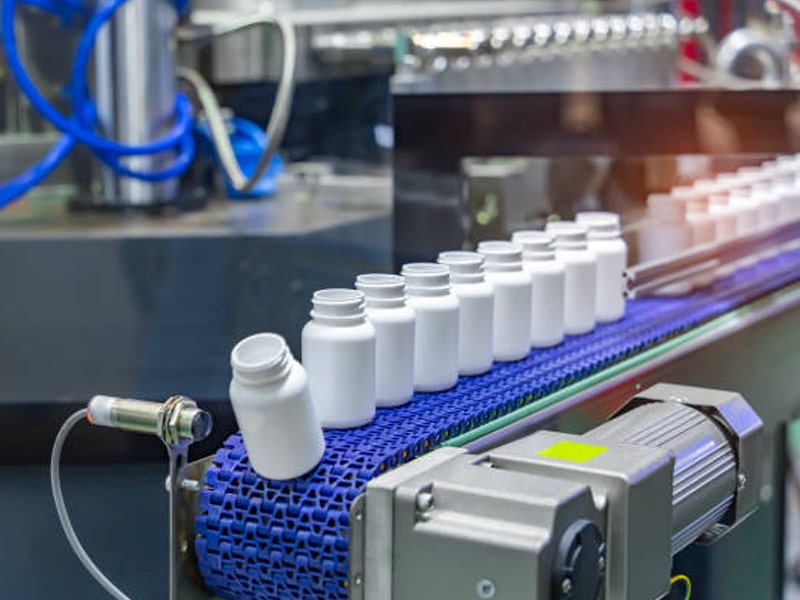
The Role of Conveyor Systems in Packaging Automation
Conveyor systems are vital components of any modern packaging line. They serve as the backbone of the automation process, ensuring that products move smoothly and efficiently from one stage of the production line to the next. As automation continues to transform industries, the packaging sector has embraced these systems for their ability to:
● Increase Speed: Conveyor belts provide a continuous flow, reducing downtime between operations and ensuring that products move swiftly through each stage.
● Enhance Efficiency: By automating the transport of goods between different packaging stations (e.g., filling, sealing, and labeling), manufacturers can maintain a stable output and reduce manual interventions.
● Reduce Labor Costs: Automation minimizes reliance on manual handling and allows companies to reallocate human resources to higher value-added tasks.
● Minimize Errors: Consistent mechanical operations significantly lower the risk of human error, thereby improving product quality.
The transformation driven by automation is well supported by research indicating that industries are increasingly investing in automation technologies to optimize their packaging operations. This trend not only helps companies meet growing consumer expectations but also positions them to capitalize on the upgrade of their production lines.
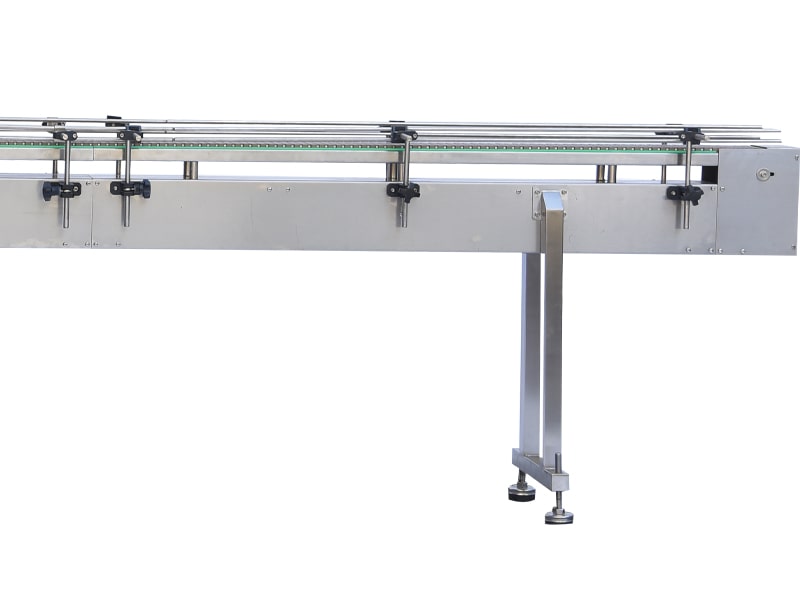
Key Integration Points for Packing Line and Conveyor Systems
Integrating conveyor systems with packing lines is not simply about linking two pieces of equipment; it involves a well-orchestrated process that enhances the overall performance of the production line. There are several key integration points where the coupling of these systems offers significant advantages:
1. Seamless Product Transfer:
Conveyor systems ensure that products are moved directly from one operation to the next without interruption. For instance, after a filling machine completes its task, the product is immediately transferred to the sealing station via a conveyor belt. This seamless transfer contributes to lower idle times and higher throughput.
2. Synchronization of Operations:
Effective integration requires precise coordination between the speed of the conveyor system and the operations performed on the packing line. By synchronizing these equipment speeds, manufacturers can prevent bottlenecks where one process outpaces another, ensuring a stable and continuous production flow.
3. Error Reduction at Critical Points:
Automated conveyors reduce the chances of product misplacement or damage. This error minimization is particularly critical at transition points where products are prone to human handling errors, such as shifting between different workstations.
4. Enhanced Safety and Ergonomics:
Integration minimizes human intervention in physically demanding tasks—such as moving heavy packages—which not only improves efficiency but also enhances worker safety. Reduced manual handling translates into fewer workplace injuries and a safer production environment.
5. Ease of Monitoring and Control:
Modern conveyor systems are often integrated with sensors and automated controls that provide real-time data on the movement of goods. This information is invaluable for quality control, enabling manufacturers to track product flow and quickly address any irregularities.
A visual representation of these integration points is provided in the flowchart below.
Figure 1: Integration Flow of Packing Line and Conveyor Systems
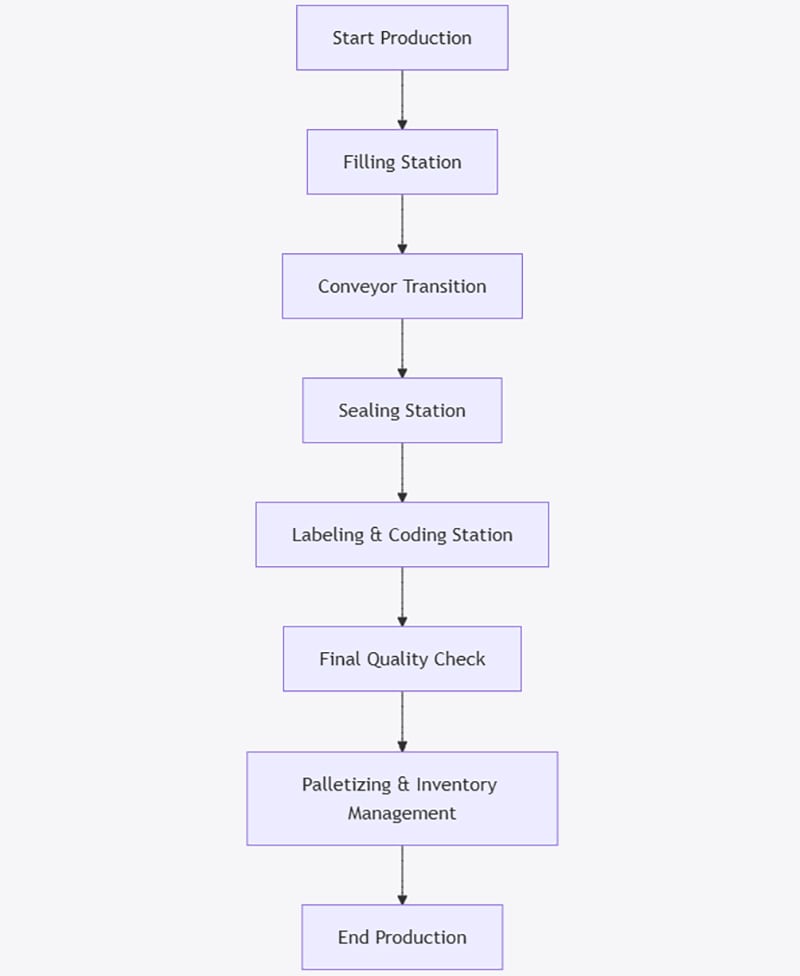
*This flowchart details the sequential integration of various stages in a packing line, highlighting how conveyor systems ensure smooth transitions between stations.*
Types of Conveyor Systems for Packaging Lines
While the specific technical details may vary based on individual applications, several types of conveyor systems are commonly used in packaging lines. Each type is designed to meet particular operational needs, enhancing the overall integration of production processes:
● Belt Conveyors:
Belt conveyors are popular due to their versatility and ease of integration. They are ideal for moving products of various shapes and sizes across different segments of the production line. This type of conveyor is particularly effective when integrated with filling and sealing stations, ensuring steady and consistent movement of items.
● Roller Conveyors:
Often used in environments where products require minimal friction, roller conveyors provide an efficient mechanism to guide products through the packing line. Their design makes them suitable for items with a uniform shape, reducing the risk of product damage during transit.
● Modular Conveyors:
Modular conveyors allow for a flexible configuration that can be adjusted to meet different production line layouts. This adaptability makes them ideal for companies that require frequent changes in their packaging lines. Their integration simplifies the expansion of production capacity and facilitates swift modifications based on new product requirements.
● Automated Guided Vehicles (AGVs) and Mobile Conveyors:
In more advanced settings, automated guided vehicles (AGVs) serve as mobile conveyors that can transport goods within larger production facilities. AGVs are particularly valuable in high-capacity operations, enabling agile routing and real-time adaptation to production variations.
Although detailed technical specifications are beyond the scope of this article, these examples illustrate the various approaches to integrating conveyor systems within a packing line to achieve enhanced performance and flexibility.

Technical Considerations for Integration
When integrating packing lines with conveyor systems, manufacturers must consider several technical aspects to ensure a smooth, reliable, and highly efficient production process:
1. System Compatibility and Synchronization:
It is essential that the conveyor system’s speed, torque, and response times are compatible with the various machines on the packing line. The equipment must be calibrated so that the transfer of products is smooth and without delay. Synchronization is critical to prevent bottlenecks, which can slow down the entire production process.
2. Control System Integration:
Modern packing lines are equipped with advanced control systems that require real-time data communication. The integration should include automation controllers that manage both the packing line and the conveyor system, ensuring that every operation is continually monitored. This integration often employs sensors and feedback loops that alert operators to any potential issues before they escalate.
3. Flexibility for Future Expansion:
As production needs evolve, the integration system should be designed with scalability in mind. Modular conveyors and flexible packaging machinery allow manufacturers to adjust the production line without extensive downtime, thus future-proofing the investment.
4. Environmental Conditions and Safety Standards:
Conveyor systems often operate in environments with varying conditions—temperature fluctuations, moisture, and dust are just a few examples. The equipment must be robust enough to handle these conditions without compromising performance or safety. Additionally, integration should adhere to industrial safety standards, ensuring that automated processes do not introduce hazards in the work environment.
5. Maintenance and Downtime Minimization:
Predictive maintenance strategies are essential for keeping production lines running smoothly. Integrated systems should include diagnostic tools that continually assess the health of both the packing and conveyor components. Quick troubleshooting and repair capabilities help minimize downtime in the event of any issues.
6. Data Analytics and Process Optimization:
Integration should not only focus on mechanical coupling but also on data sharing between systems. Collecting and analyzing operational data enables manufacturers to fine-tune process parameters, identify inefficiencies, and implement continuous improvement measures. This data-driven approach ultimately results in increased throughput and higher-quality output.
Table 1: Key Technical Considerations for Integration
| Technical Aspect | Description | Benefit |
|---|---|---|
| System Compatibility | Matching speed, torque, and response times among machines in production line | Prevents bottlenecks, ensures smooth flow |
| Control System Integration | Coherent data communication through sensors and controllers | Real-time monitoring and error prevention |
| Flexibility & Scalability | Use of modular and adaptable systems that can be upgraded easily | Future-proofing manufacturing investments |
| Environmental Conditions | Equipment designed to withstand harsh operating environments | Maintains reliability and long-term performance |
| Maintenance & Diagnostics | Incorporating predictive maintenance and diagnostic tools | Minimizes downtime, enhances uptime |
| Data Analytics Integration | Effective data collection for process optimization | Enables continuous improvement |
*Table 1 summarizes the key technical considerations and the corresponding benefits that ensure a robust integration of packing lines and conveyor systems.*
Future Trends in Automation and Sustainability
The future of packaging is being redefined by two critical trends: automation and sustainability. Both factors play an increasingly important role in how production lines are designed and operated.
1.Automation-Driven Enhancements
Recent studies forecast that the global packaging automation industry is set to reach significant milestones, such as a projected market value of around \$125 billion by 2030. This accelerated growth is driven by innovations in robotics, sensor technologies, and control systems. As these technologies become more accessible—even for small and medium-sized operations—they enhance automation efficiency across the entire production line. The integration of smart conveyor systems with packing lines is a clear demonstration of these advancements, providing manufacturers with the necessary tools to stay competitive and agile in a rapidly evolving market.
2.Sustainability and Environmental Considerations
Sustainability is no longer an optional add-on in the packaging industry; it is now a fundamental requirement. With increasing consumer demand for eco-friendly products and more stringent environmental regulations, manufacturers are being pushed to adopt sustainable practices. Conveyor systems and packing lines, when integrated effectively, can contribute to more efficient energy use and reduced waste. For example, optimized production lines reduce the likelihood of errors and the need for rework, which in turn minimizes resource wastage and energy consumption. This environmentally conscious approach not only improves operational efficiency but also enhances brand reputation among sustainability-minded consumers.
3.Data-Driven and Smart Automation
Advanced data analytics and the Internet of Things (IoT) are revolutionizing the management of production lines. By leveraging real-time data from integrated packing lines and conveyor systems, manufacturers can proactively monitor performance and quickly adapt to fluctuations in demand. Smart sensors provide continuous feedback on system performance, allowing for fine-tuning of operational parameters that lead to enhanced efficiency and reduced operational costs. The transition towards data-driven decision-making in manufacturing is ushering in a new era of smart automation that will further drive efficiency improvements in packaging lines.
Figure 2: Future Trends in Packaging Automation and Sustainability
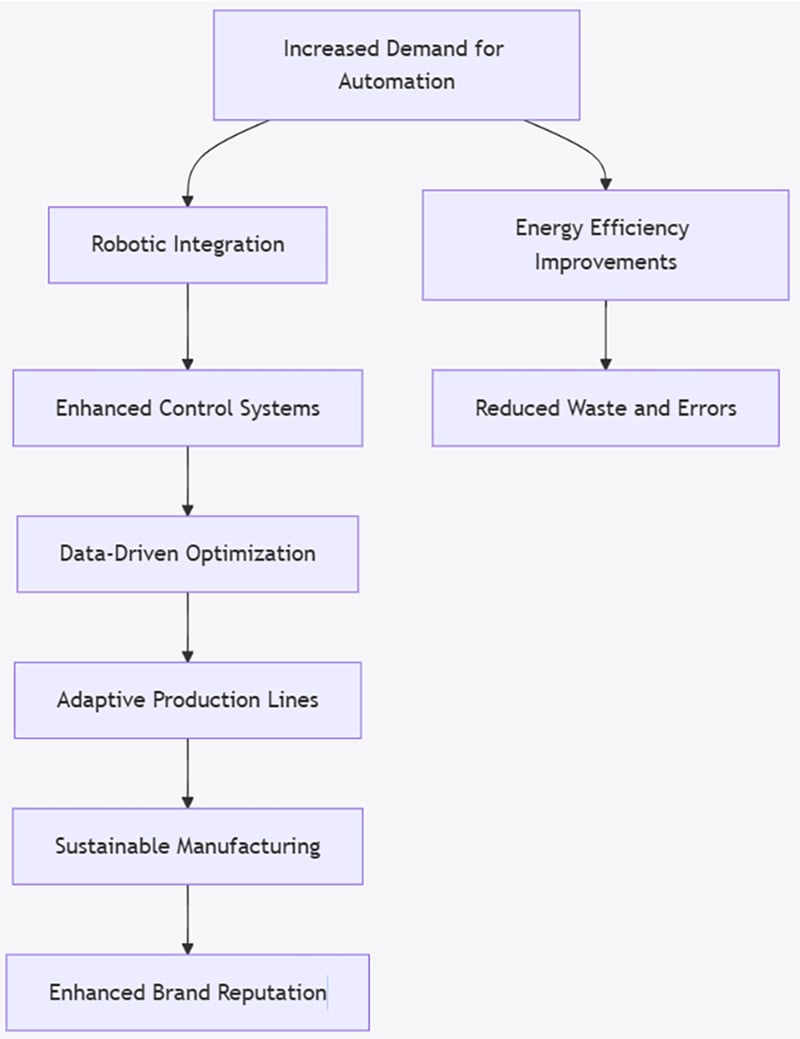
*This flowchart illustrates how technological innovations in automation, energy efficiency, and data analytics contribute to sustainable manufacturing practices, ultimately driving a positive brand image and operational excellence.*
Conclusion
The integration of packing lines and conveyor systems represents a transformative step toward achieving ultimate efficiency in modern packaging operations. By ensuring seamless product transfers, optimizing production flows, reducing labor-related challenges, and minimizing errors, companies can significantly elevate their competitiveness in a crowded marketplace. Integrated systems not only enhance throughput but also foster safer work environments and facilitate ongoing process improvements through data analytics.
To summarize the key insights:
● Efficiency Gains: Integration eliminates bottlenecks and enhances the speed and consistency of the production line.
● Reduced Labor Costs: Automation reduces the need for manual handling, freeing up employees for more value-added tasks.
● Error Minimization: Automated movement reduces the risk of product damage and human error across the packing line.
● Enhanced Safety and Flexibility: Improved coordination between machines leads to safer operations and greater adaptability for future expansion.
● Sustainability: Optimized integration supports environmentally friendly practices by reducing waste and lowering energy consumption.
Table 2: Summary of Integration Benefits
| Benefit | Description |
|---|---|
| Efficiency Gains | Seamless processes enhance speed and reduce downtime throughout the production line |
| Reduced Labor Costs | Automation minimizes manual handling, lowering labor costs and improving resource allocation |
| Error Minimization | Automated, synchronized movements reduce product damage and human error |
| Enhanced Safety & Flexibility | Reduced physical labor leads to safer work environments and easier system expansion |
| Sustainability | Optimized processes decrease waste and reduce energy consumption, supporting green practices |
Procurement decision-makers can leverage these insights to invest in integrated packaging solutions that promise both high performance and long-term sustainability. Manufacturers seeking to boost their production line efficiency should consider adopting advanced conveyor systems integrated with state-of-the-art packing lines. This approach not only enhances operational performance but also aligns with global trends toward automation and eco-friendly manufacturing practices.
For further information on how your packaging production line can benefit from integrated automated solutions, visit our website:https://www.xuebapack.com/. Embrace the future of packaging by transforming your production line with seamless, technologically advanced integration solutions.
| References: | |
| 1. | How to Easily Integrate Packaging Robots and Conveyors ——Retrieved from: PackagingDigest |
| 2. | End-of-Line Packaging Innovations, Automation, and Market Growth Trends –Retrieved from:GlobalTrade |



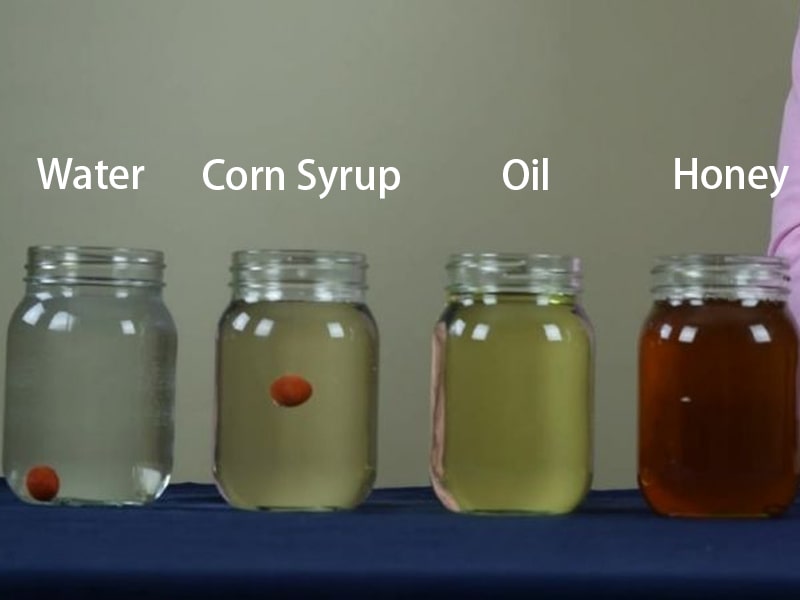
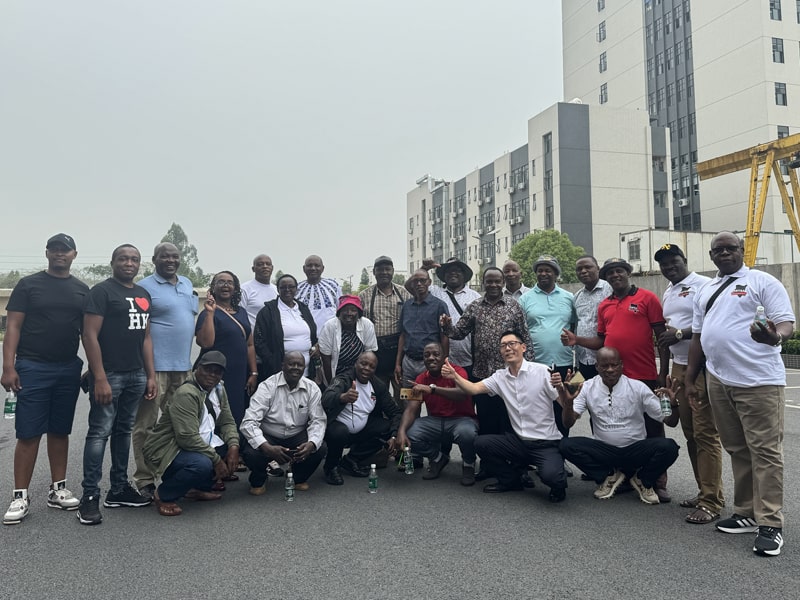


Comments